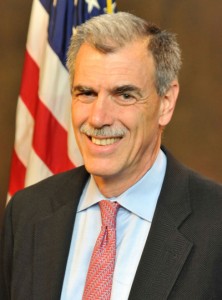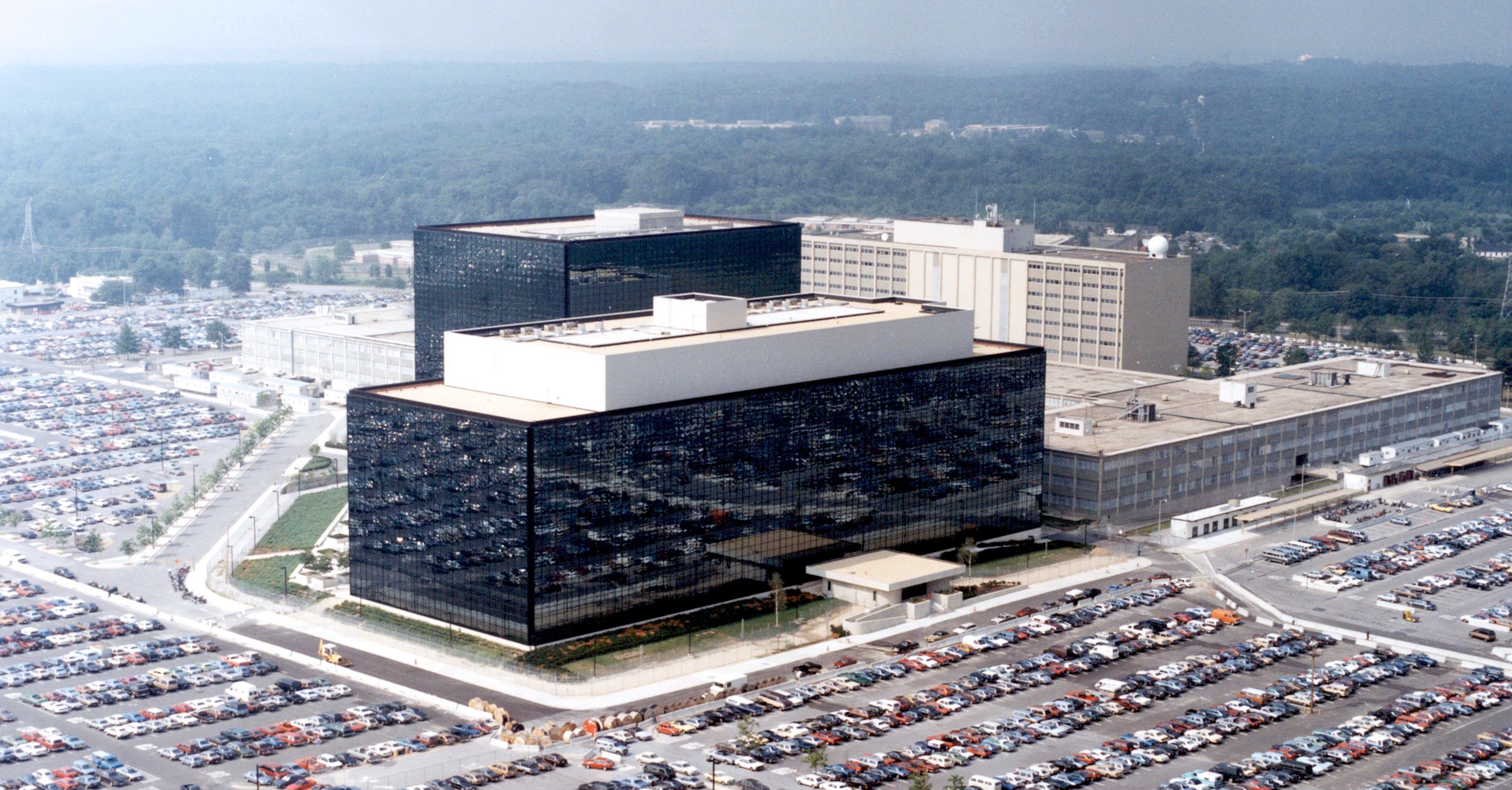
The implications of the Snowden disclosures continued to permeate the federal judiciary Wednesday with the filing of a motion in U.S. District Court for the District of Colorado to suppress evidence obtained or derived from surveillance conducted pursuant to the FISA Amendments Act of 2008 (“FAA”). §702 of FISA essentially legalized and subjected to FISA Court scrutiny some of the same forms of surveillance conducted unilaterally under President Bush’s Terrorist Surveillance Program. This section of the FAA allows for the targeting of the communications of those non-U.S. persons “reasonably believed” to be located outside the United States. For a quick backgrounder on §702, including its substantial privacy costs and the legal theory underlying its Fourth Amendment reasonableness, see my previous article here.
Last winter, the Supreme Court in Clapper v. Amnesty International confronted a constitutional challenge from various journalists, advocacy organizations, and attorneys whose contact with likely foreign intelligence targets made them possibly aggrieved by §702 surveillance. However, Article III limits the jurisdiction of federal courts to cases and controversies. Therefore, these respondents needed to establish their legal standing in order to challenge §702 on Fourth Amendment grounds. The well-established requirements for Article III standing are that an asserted injury be: “concrete, particularized, and actual or imminent; fairly traceable to the challenged action; and redressable by a favorable ruling.” Whereas the Second Circuit concluded the occupations and communications of these people established “an objectively reasonable likelihood” that they would be the target of §702 surveillance at some point in the future, the Supreme Court reversed. Finding these claims to be “speculative,” the Court emphasized that while “a somewhat elastic concept,” for an injury to be imminent requires that it be at least “certainly impending.”
In so doing, the Court rejected arguments that denying these challengers standing meant no one could do so, effectively insulating the statute from judicial review. Although admissible in criminal prosecutions, the government is required to notify defendants when it uses evidence “obtained or derived” from FISA. “[I]f the Government intends to use or disclose information obtained or derived from a [§702] acquisition in judicial or administrative proceedings, it must provide advanced notice of its intent, and the affected person may challenge the lawfulness of the acquisition,” Justice Alito explained for an ideologically divided Court. The five justice majority expressly adopted the Solicitor General’s position, whose brief and oral argument devoted substantial attention to the “misplaced…contention” that dismissing the case for lack of jurisdiction meant “immuniz[ing] the surveillance program from constitutional challenges.”
As if the mere mention of FISA did not conjure his image, this is where Snowden’s disclosures become key. After the disclosure of §702 operations in June, SSCI Chairwoman Dianne Feinstein was among many to publicly defend their counterterrorism value. Citing a number of different plots in which FAA surveillance played a role, Sen. Feinstein included – among other criminal defendants whose prosecutions are still pending – the case of Bakhtiyor Jumaev. An Uzbek national, Jumaev is one of two men under indictment in Colorado federal court for conspiring and attempting to provide material support to a foreign terrorist organization. In contrast to the Solicitor General’s assurances, the government had not notified at least these active defendants that any evidence had been obtained or acquired from the FAA.
After reading a New York Times article informing him of the discrepancy between Sen. Feinstein’s remarks and his representations to the Court, the Solicitor General sought answers from the Justice Department’s National Security Division (“NSD”). The ultimate source of the discrepancy was NSD’s understanding of what the phrase “derived from” required in the context of §702. Specifically, it arose from the relatively stringent interpretation that disclosure was required “only if it introduced a recorded phone call or intercepted e-mail gathered directly from the program.” Thus, NSD was able to avoid notifying defendants such as Jumaev of FAA obtained or derived evidence by using it to first obtain a wiretap order under traditional or Title I of FISA. This intermediary step – of using FAA evidence to support a probable cause finding for a wiretap order, the fruits of which would then form the basis of subsequent criminal prosecution – is what led NSD to believe no disclosure was required but the Solicitor General to insist that would be. Because defendants knew only of evidence obtained or derived from traditional FISA – the scope of which is more intrusive but also dependent upon a probable cause finding – they could not challenge the constitutionality of the FAA and its less stringent standard.
The General’s discovery set off an internal administration debate throughout the summer among a policy committee of federal prosecutors and lawyers from the DOJ, FBI, NSA, and ODNI. On one hand, Verilli argued that “no persuasive legal basis” existed for failing to notify defendants of FAA obtained or derived evidence, thereby preventing them from arguing the evidence was resultant to an unconstitutional search. Alternatively, NSD officials focused on the potential security consequences of notification: since disclosure “risked alerting foreign targets that their communications were being monitored,” intelligence officials might grow “reluctant to share information with law enforcement that could become a problem later in the trial.”
With the FBI’s concurrence, General Verilli’s position won out and the NSD began searching for cases where FAA obtained or derived evidence formed the basis for a Title I probable cause finding, the fruits of which formed the basis of subsequent prosecution. Jumaev represented the first such case, and in October DOJ prosecutors filed notice of intent to use FAA obtained or derived evidence. This, in turn, allowed for Wednesday’s motion to suppress the evidence on the grounds that it was the result of an unconstitutional search. Thus, by a strange sort of alchemy the combination of the Snowden disclosures, the absent-minded statements of an Intelligence Committee Chair, and a New York Times-reading and perhaps reputation-conscious Solicitor General has paved the way for judicial review of §702 authorities in federal district court.
Of course, this is not the first time the program has been challenged. In fact, it has long since been a matter of enormous controversy. President Bush’s Terrorist Surveillance Program first exercised some of the authorities without legislative authorization or judicial scrutiny. After being disclosed in the press and catalyzing an uproar, Congress statutorily incorporated some of these and other authorities with the 2007 Protect America Act (“PAA”) and its successor, the FAA. The result of a fierce policy debate, the FISC reviewed the facial constitutionality of the PAA in a publicly available 2008 opinion, finding it both to qualify for a “foreign intelligence exception” to the warrant requirement and satisfy the Fourth Amendment’s reasonableness threshold. Not only did the FISA Court of Review affirm this result, but the FISC has continued to monitor §702’s operation for constitutional and statutory compliance, including a sharp rebuke finding certain aspects of collection to be deficient on both grounds. Beyond evidencing the Snowden disclosures’ continuing impact, however, Wednesday’s filing is significant because it will likely pave the way for Supreme Court review of the FISC’s facial evaluation in In re Directives. While the High Court has jurisdiction to hear appeals from these courts, its failure to do so in 2008 makes this the optimal vehicle for judicial review. Especially in light of the increasing distance from the September 11 attacks and the equilibrium-altering Snowden disclosures, Supreme Court review could serve the valuable purposes of ruling on the special needs doctrine’s application in the foreign intelligence context and retesting the three branches’ continuing support for FAA authorities.
